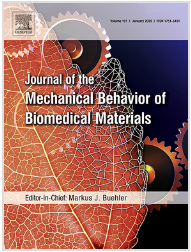Micro-sized structures made from graphene oxide (GO) attract high interest for their extensive use in tissue engineering. The fabrication and cytotoxicity of 3D graphene-based scaffolds so far have not been extensively discussed with relation to the flake sizes used. In this work we considered GO flakes of two different lognormal size distributions (GO: 4.9 ± 3.8 μm and GO 1 h: 151.6 ± 1.9 nm) as model flakes for fabrication of 3D graphene-based cell culture supports: paper (i.e. 3D layered film structure) and reduced graphene oxide (rGO) microfiber using hydrothermal methods. We then used two model cell lines of neuronal origin (SH-SY5Y and HEK-293) to study subsequent scaffolds surface-cells interactions. In particular, the adhesion of HEK cells to the formed structures was much higher than for SH-SY5Y cells, as evidenced by various atomic force, electron and optical microscopy techniques. Formed rGO microfibers had more desired nano-topography (surface roughness) for cell adhesion and growth than simple GO paper, making it ideal scaffold for neural tissue engineering. This work provides insights into the fundamental rules for fabrication of graphene oxide-based cell supports and their subsequently differing interactions with malignant and non-malignant cells.

